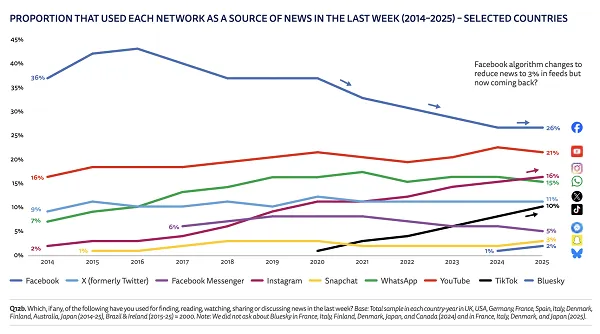I’ve watched smart, experienced leaders freeze. And I’ve been in that same position myself. It’s not because we lack information, but because we don’t feel ready to choose.
Leaders often get stuck because they’re waiting for the perfect moment to act. They’re thinking through the consequences, weighing the trade-offs, trying to get it right. But the longer they wait, the harder it becomes to move at all. The truth is that the worst decision isn’t always the wrong one. It’s the one you never make.
If you’re in a leadership role, you don’t always get the luxury of knowing. You have to move anyway. Not recklessly, not blindly, but with clarity, purpose and conviction.
In high-pressure moments, the gap between average leaders and great ones gets exposed. It’s not a gap in intelligence or experience. It’s a gap in decisiveness. Because conviction doesn’t mean certainty—it means making a clear choice in motion when the stakes are high and the outcome isn’t guaranteed.
One of the biggest challenges I see in leadership teams is the habit of waiting for total confidence before acting. But total confidence rarely comes in real time. And if you’re waiting for it, your team is waiting on you. That’s where things stall. Here are a few ways to build decision conviction in pressure moments.
1. Choose momentum over paralysis. Leaders who consistently move their teams forward have one thing in common: they make decisions under pressure—and they’re willing to get it wrong in service of getting it right. As one leader said simply: “I’d rather make the wrong decision and adjust than make no decision and stall.”
That mindset creates progress. It also builds trust. Teams don’t expect perfection from their leader. They expect clarity. They expect movement. Clarity builds confidence—especially when the path forward isn’t guaranteed. People follow leaders who are willing to move.
2. Don’t let fear drive inaction. In fast-moving organizations, even experienced leaders can find themselves frozen — not because they don’t know what to do, but because they’re afraid of making the wrong call. But when authority and purpose are clear, that overthinking shifts. Direction returns—and so does action.
3. Don’t wait for perfect. There’s a common belief in leadership that everything has to be lined up before action is taken. But you’ll never have all the data, and the best results often come from making the best call with the data you’ve got. Waiting for perfect often means waiting too long.
4. Make your decision visible. Don’t just decide—communicate. Let your team see your conviction. Make the rationale clear. Even if you adjust later, the confidence to lead forward is what creates alignment.
Decision-making under pressure isn’t a test of bravery. It’s a test of clarity. And clarity isn’t something you wait for. It’s something you create.



















































![[Oops! Corrected Link] Read Harder 2025 Halfway Check-In Survey [Oops! Corrected Link] Read Harder 2025 Halfway Check-In Survey](https://s2982.pcdn.co/wp-content/uploads/2025/06/read-harder-2025-check-in-survey.jpg.optimal.jpg)














